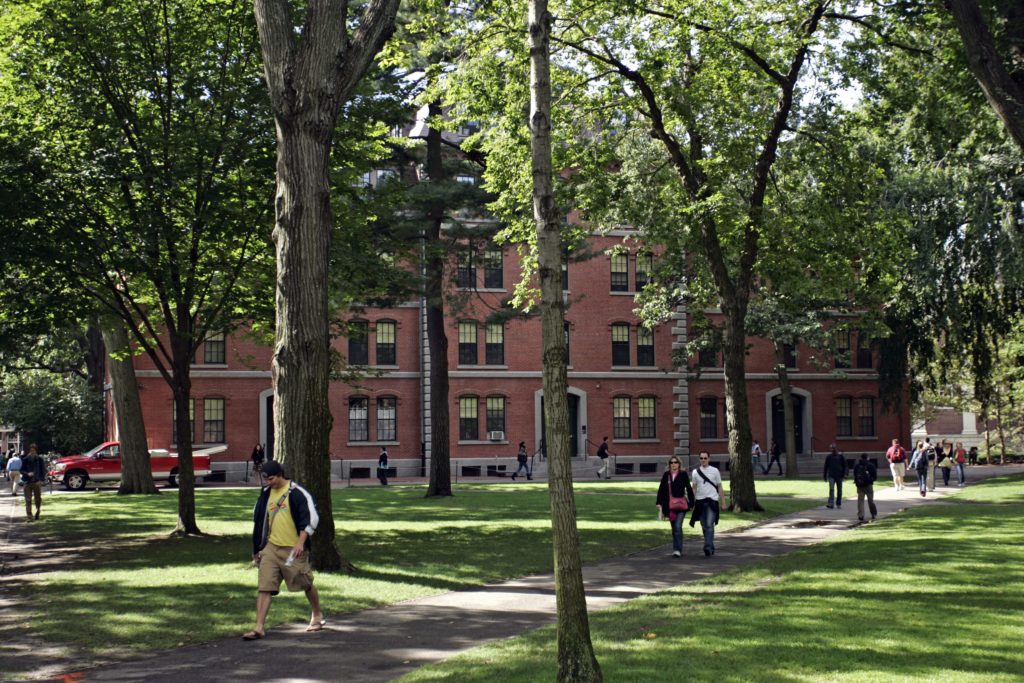[ad_1]

Harvard University.
KEVIN GALVIN/IMAGEBROKER/REX/SHUTTERSTOCK
Questions of ownership have long haunted photography. Who can lay claim to an image—a photographer, their subject, or the owner of the work? These issues have once again surfaced in a lawsuit that was filed on Wednesday in Boston against Harvard University, which one woman claims has “shamelessly” profited from the reproduction of 19th-century photographs of slaves—her ancestors, according to the suit—in its holdings. The Associated Press first reported the news.
Tamara Lanier, who lives in Norwich, Connecticut, said in her lawsuit that the university has wrongfully used images of daguerreotypes featuring two slaves by demanding a “hefty” licensing fee for their use, and by presenting them at a 2017 conference. The photographs, which were commissioned by the Harvard biologist Louis Agassiz, are among the earliest known pictures taken of slaves in America.
“Harvard is shamelessly capitalizing on the intentional damage done to black Americans’ genealogy by a century’s worth of policies that forcibly separated families, erased slaves’ family names, withheld birth and death records, and criminalized literacy,” the suit alleges.
Similar photographs commissioned by Agassiz and owned by Harvard were previously the subject of potential legal action when the university threatened to bring a suit against artist Carrie Mae Weems, who had appropriated the images of slaves in her work and overlaid them with text. Rather than filing suit, the university subsequently demanded payment any time Weems sold a work featuring the images and added her photographs to its holdings.
In a statement, Harvard told ARTnews, “The University has not yet been served, and with that is in no position to comment on this lawsuit filing.”
[ad_2]
Source link

